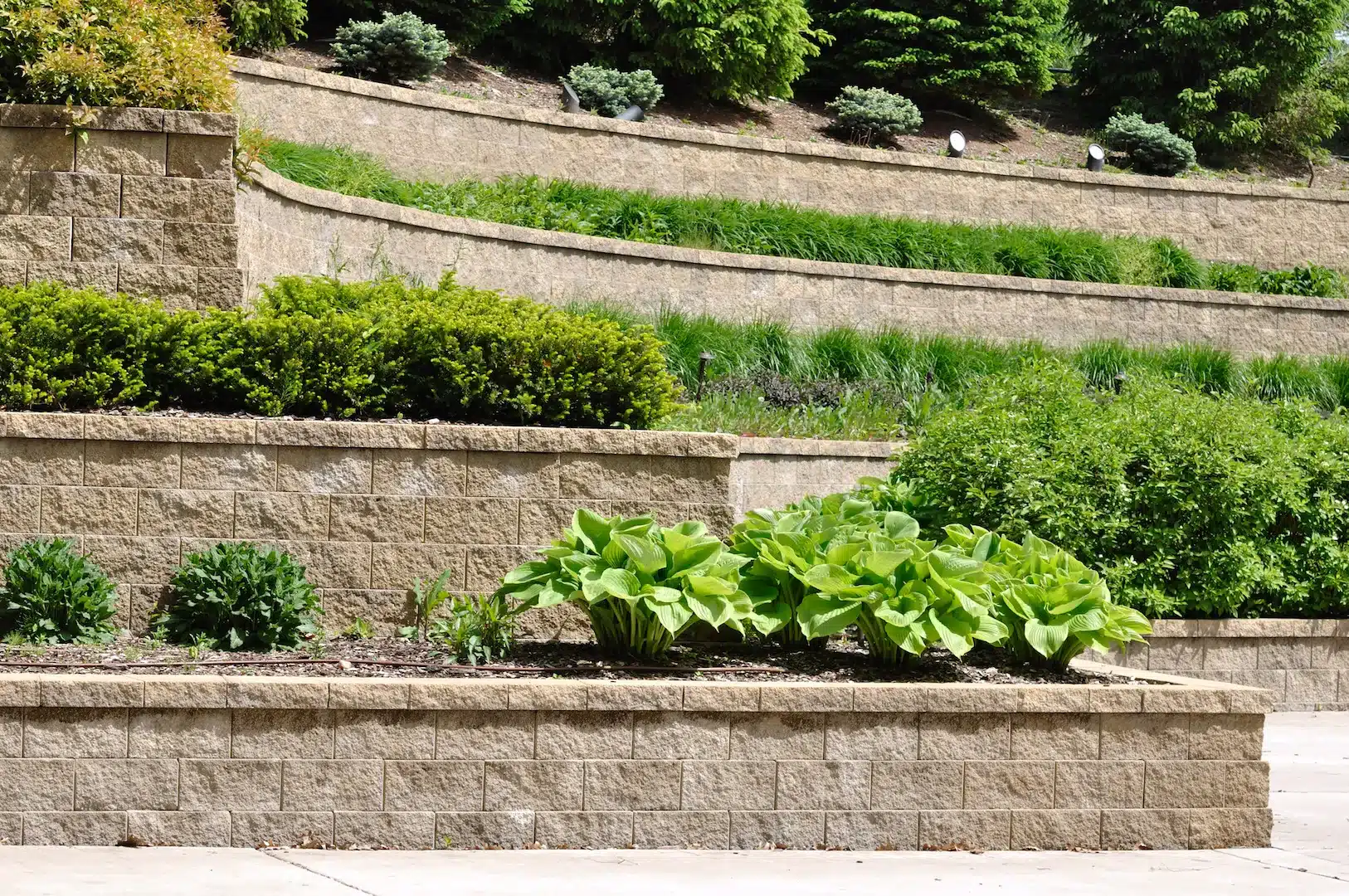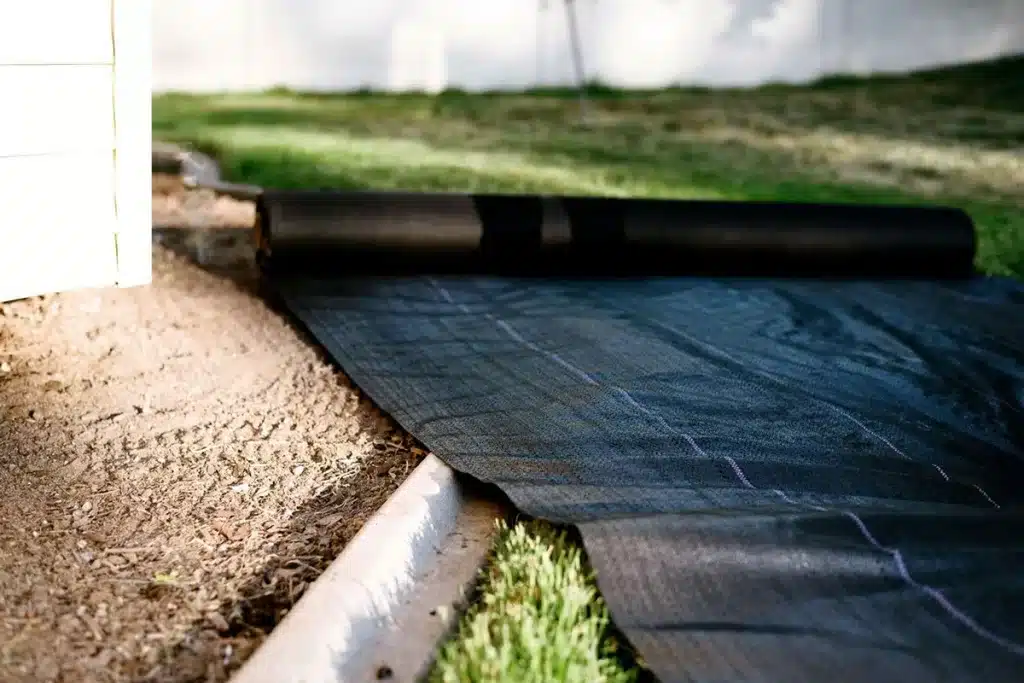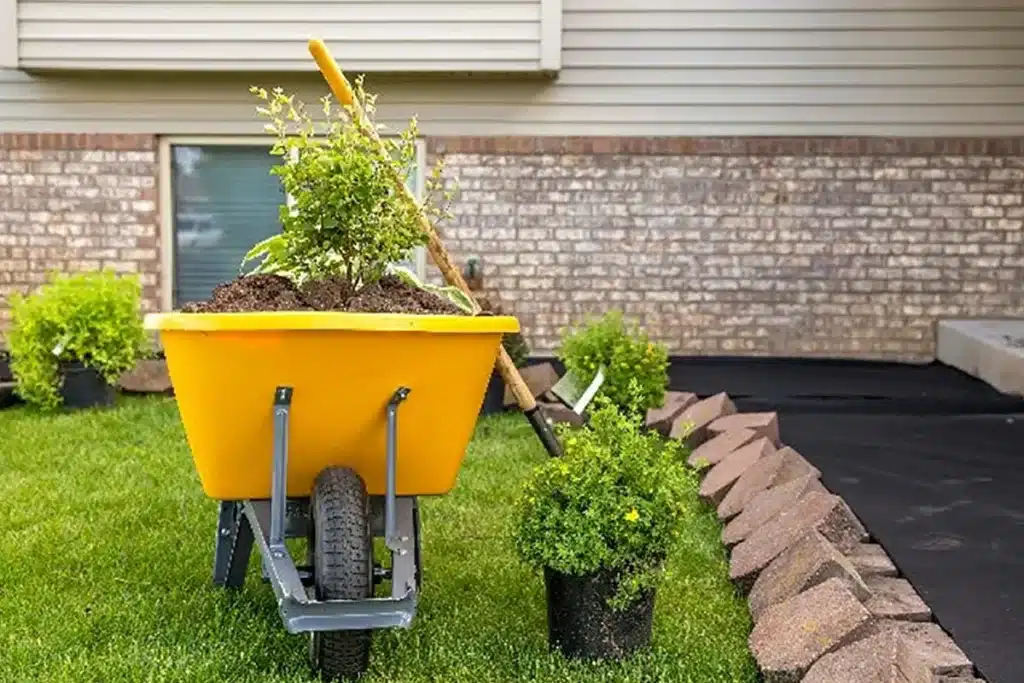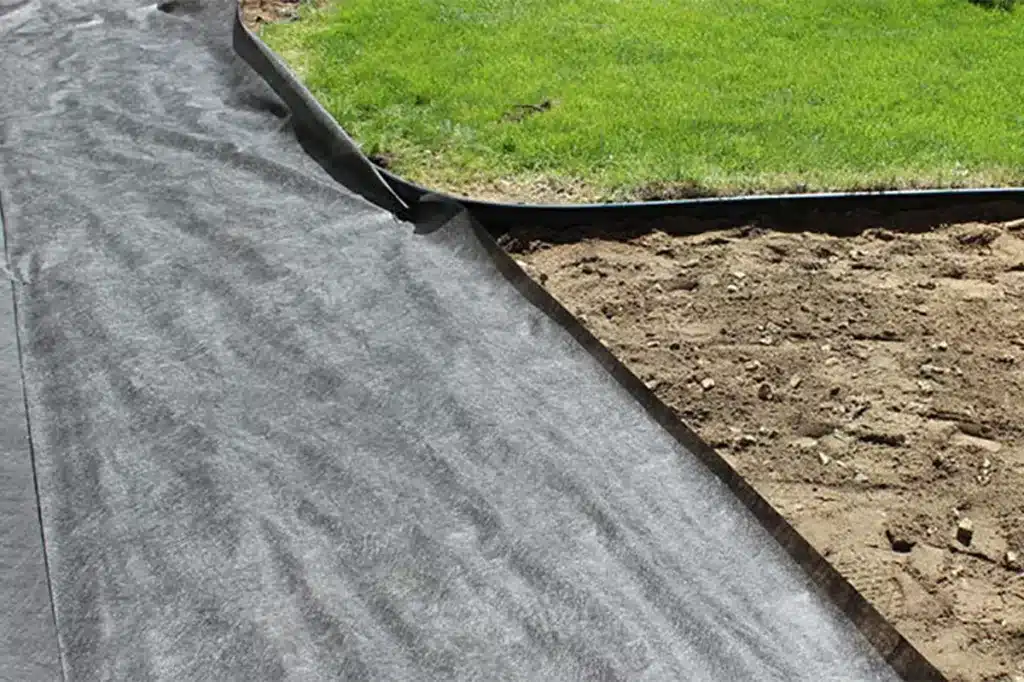+86-159 9860 6917
info@geofantex.com
geofantex@gmail.com
+86-400-8266163-44899
Using landscape fabric in combination with fertilizers is a common practice in gardening and landscaping. This combination can help control weeds while ensuring that your plants receive the necessary nutrients to thrive. However, questions often arise about how to properly use fertilizers with landscape fabric, whether you can place fabric over grass, and the best practices for using landscape fabric under gravel. In this article, we’ll address these questions to help you make informed decisions for your garden.
Do you just sprinkle fertilizer on top of the soil?
Yes, you can sprinkle fertilizer on top of the soil, but how you do it depends on the type of fertilizer you’re using. Granular fertilizers are typically spread evenly over the soil surface and then watered in to help the nutrients reach the plant roots. However, it’s crucial to remember: **DO NOT SPRINKLE the granules directly onto the soil!!! Instead, make sure they are spread evenly to avoid burning the plants or causing uneven nutrient distribution. If you’re using landscape fabric, it’s important to apply the fertilizer before laying the fabric, as this ensures that the nutrients can easily penetrate the soil. Liquid fertilizers can be applied directly over the landscape fabric since they can seep through to the soil below, providing nutrients to your plants.

Can you put landscape fabric over grass?
It’s not recommended to put landscape fabric directly over grass. Before laying landscape fabric, it’s best to remove any existing grass or weeds. This is because grass can continue to grow under the fabric, potentially causing the fabric to lift or bulge. Additionally, decomposing grass beneath the fabric can create an uneven surface and may lead to issues with water drainage. For a smoother and more effective installation, clear the area of grass, level the soil, and then lay the fabric down. You can now lay your fabric over the grass and secure it by pulling it tight, ensuring a flat, even surface that prevents future growth and maintains proper drainage.
Should I use landscape fabric under gravel?
Yes, using landscape fabric under gravel is a common practice that helps prevent weeds from growing through the gravel and keeps the gravel layer stable. Landscape fabric makes the most sense when you need to stabilize the ground that you’re placing the gravel on top of. The fabric acts as a barrier, separating the gravel from the soil below, which prevents the gravel from sinking into the ground over time. This also makes maintenance easier, as the fabric helps to keep the gravel in place, reducing the need for frequent replenishing. When installing landscape fabric under gravel, ensure that the fabric is properly secured and overlaps at the seams to provide full coverage.
Should you fertilize or topsoil first?
If you’re adding both fertilizer and topsoil to your garden, it’s generally better to apply the fertilizer first. Ideally, you should fertilize the lawn a week or two before applying a top dressing. This allows the nutrients to be mixed into the existing soil before being covered with topsoil, ensuring that the fertilizer is evenly distributed and accessible to plant roots. After applying the fertilizer, you can then add a layer of topsoil, which will help protect the fertilizer and retain moisture. If you’re using landscape fabric, it’s important to lay the fabric after the fertilizer and topsoil have been applied and properly integrated into the garden bed.
Combining landscape fabric with fertilizers can help you maintain a weed-free, nutrient-rich garden. By understanding the proper techniques for applying fertilizers, using fabric over different surfaces, and preparing the soil, you can optimize the health and appearance of your garden. Whether you’re installing fabric under gravel, deciding whether to place it over grass or determining the order of soil and fertilizer application, these best practices will help you achieve the best results for your landscaping projects.



Get Free Sample
We’ll respond as soon as possible(within 12 hours)






















